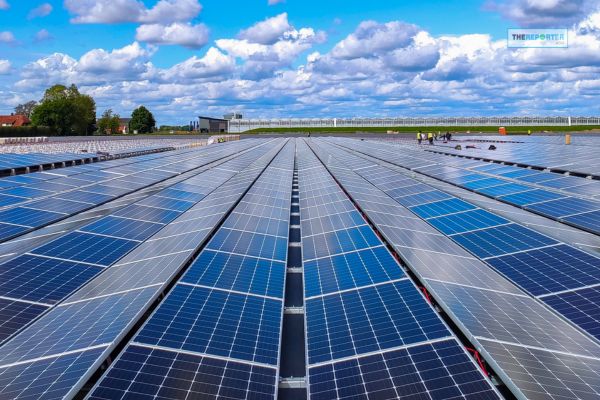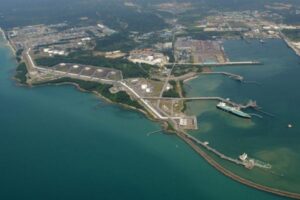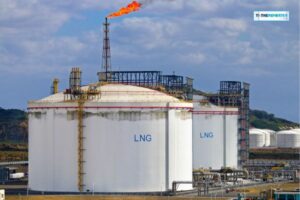Phnom Penh, Cambodia – The Cambodian government has announced a historic investment plan in solar energy projects worth over 210 billion baht by 2043. This is part of its Power Development Masterplan (PDP) to transition the country towards clean energy and reduce carbon dioxide emissions. The plan aims to increase the total power generation capacity from renewable sources, including solar, hydro, and biomass, by over 4,600 megawatts.
- – GULF partners with AIS to Install Solar Panels and Connect Signal Towers to Remote Communities
- – Huawei Launch a New Solar Installer Training Center to Promote Green Technologies
Golden Opportunity for Thai Investors
This PDP opens up significant business opportunities for Thai investors, particularly in four high-potential provinces: Phnom Penh, Kampong Chhnang, Kampong Speu, and Kampong Thom. These provinces have high electricity demand, favorable climatic conditions for solar power generation, and are located near the Sihanoukville port, a major transportation hub in the country.
Krungthai COMPASS, a financial advisory firm, estimates that solar power projects in Cambodia can generate attractive returns on investment, with an internal rate of return (IRR) ranging from 4.18% to 19.35% and an average payback period of 4.9 to 12.3 years, depending on the electricity selling price offered in the auction.
The PDP’s investment plan is divided into two phases:
- 2021-2024: Projects that have already secured investment agreements between the state and private sectors.
- 2025-2043: Projects that are currently open for investment from interested parties.
For solar energy investment, the plan aims to increase power generation capacity by approximately 2,450 megawatts, with an investment value of about 48 billion baht. This will involve developing 39 solar power plants across 11 provinces, including Phnom Penh, Kampong Chhnang, Kampong Speu, and Kampong Thom.
Krungthai COMPASS has assessed these four provinces as suitable for solar power plant development for Thai investors, based on three main factors:
- Total planned production capacity of each province: Reflecting the electricity demand in each province.
- Solar irradiance (GHI): Reflecting the efficiency of solar power generation in each province.
- Distance of each province from Sihanoukville port: Reflecting the transportation costs of materials and equipment for solar power plant construction.
The assessment found that Phnom Penh and Kampong Chhnang are the most promising provinces due to their high electricity demand and suitable GHI values. Kampong Speu is also attractive due to its proximity to the Sihanoukville port, which reduces transportation costs.
In addition, the Cambodian government plans to promote the installation of rooftop solar panels, which presents another promising opportunity for Thai investors.
Despite the promising investment opportunities, Thai investors must carefully consider challenges and risks such as high competition from foreign investors, potential changes in Cambodian government regulations and policies, as well as financial and exchange rate risks.
Recommendations for Investors
Interested Thai investors should thoroughly research and analyze the feasibility of the projects, including careful investment planning and risk management. Seeking business partners in Cambodia and building good relationships with relevant government agencies are also crucial factors for Thai investors to achieve success in investing in Cambodia.
This major investment in solar energy will not only help reduce greenhouse gas emissions and promote sustainable development in Cambodia but also create jobs, generate income, and stimulate the country’s economy, benefiting the people and society as a whole.
#SolarEnergy #Cambodia #Investment #BusinessOpportunities #CleanEnergy #ClimateChange #TheReporterAsia






